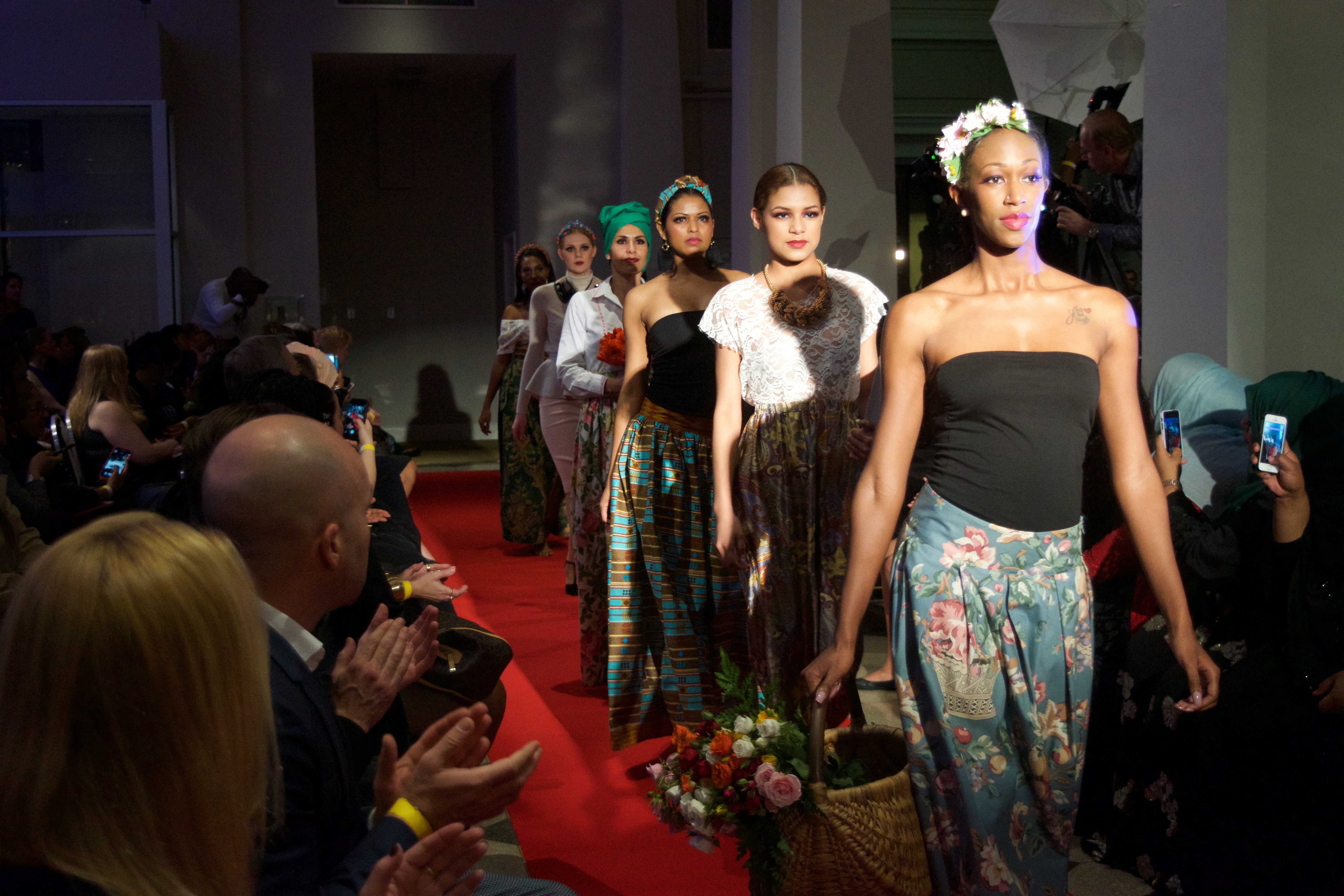Views expressed in opinion columns are the author’s own.
Representation in media isn’t hard to achieve, but it’s still rare.
Over the past few weeks, the September issues of fashion magazines have been released. The September issue is particularly significant in the fashion world — it showcases new styles that round out the summer and introduces clothing for colder weather, and also tends to be the best-selling issue of the year. This year, though, the clothes aren’t the most exciting part of the magazines.
Numerous black women are featured on the covers of September 2018 magazines, such as Tracee Ellis Ross on Elle Canada, Tiffany Haddish on Glamour, Zendaya on Marie Claire, Lupita Nyong’o on Porter, Slick Woods on British Elle, Issa Rae on Ebony, and more. Some of the most talked-about covers have been Rihanna’s appearance on British Vogue and Beyonce’s cover for American Vogue.
Though such representation is groundbreaking and necessary, we must also recognize that many magazines have had the opportunity to feature black women before but have actively chosen not to. This history of exclusivity is rooted in the idea that “black doesn’t sell,” which Beyonce specifically refers to in her article in this month’s Vogue.
Rihanna and Beyonce’s covers stand out because the magazines they grace are notorious for excluding black people’s work. Beyonce has been featured on the cover of American Vogue‘s September issue once before. However, she is the first cover model to have been photographed by a black photographer in American Vogue‘s 125-year history. Rihanna is the first black woman to appear on British Vogue‘s September issue in its 102-year history.
When taking such whitewashed histories into account, we must then think carefully about who we praise. While the cover models, singers, actresses, and entertainment icons are entirely deserving of respect, attention, and adoration, the established publications deserve no such admiration.
Companies should not be able to pride themselves on diversity or award themselves progress points for one good act. The fact that these magazines are on their “first”s is also important to remember. Referring to someone as “the first” implies that there are others to follow, and at this point, high-profile magazines that have featured a woman of color one time have yet to prove there will be similar publications in the future.
As of right now, it would be more accurate to say that the magazines have featured only one woman of color. Ultimately, commendation for being “the first” should go to the women who graced the historic magazine covers, not the companies. Rather, the burden of the lack of representation should fall back on the publications.
In addition to publications that appear to be lauding themselves for a job well done (when in fact the job has just begun), there are also companies that are missing the mark completely.
Recently, the high-end luxury fashion brand Balmain introduced its fall campaign, along with the season’s models. The campaign photos feature three women, Margot, Shudu, and Zhi, with the latter two being visibly of color. But there’s a catch — none of them are human. Rather, Balmain’s creative director Olivier Rousteing is using digital models to market clothing. Margot, Shudu and Zhi were all digitally created by Cameron-James Wilson, a London-based photographer and digital designer.
The use of digital models, particularly digital models of color, presents multiple issues. Most significantly, the “employment” of digital models of color snatches opportunities away from live, human models of color. In an industry that outright rejects or reluctantly allows a limited number of models of color, employment opportunities should not be taken by nonexistent beings controlled by white designers.
The nonhuman models also devalue the representation that seems to be taking place. The company is giving off the impression that women of color have a place in high fashion, but in reality, no actual representation occurs. Women of color are not in control of the digital models — though Shudu and Zhi are of color, they are designed and controlled by a white photographer. Essentially, the digital models are robbing both human models and viewers of inspiring and deserved representation.
It is also noteworthy to say that the digital models are obviously inhuman, exceeding the boundaries of standard, toxic Photoshop procedures. The models’ cheekbones are unnaturally sharp and sit on an unrealistic part of the face. In one photo, part of Zhi’s cheek seems to be missing. Basically, rather than acting as any kind of positive presence, the digital models are only furthering harmful messages of impossible body standards and appearance.
Ultimately, companies that sell themselves as diverse and representative without the evidence to back their claim are not proponents or champions of progress, but rather function as proof of ongoing exclusivity and need for change.
Jasmine Baten is a junior English major. She can be reached at jasminebaten137@gmail.com.



